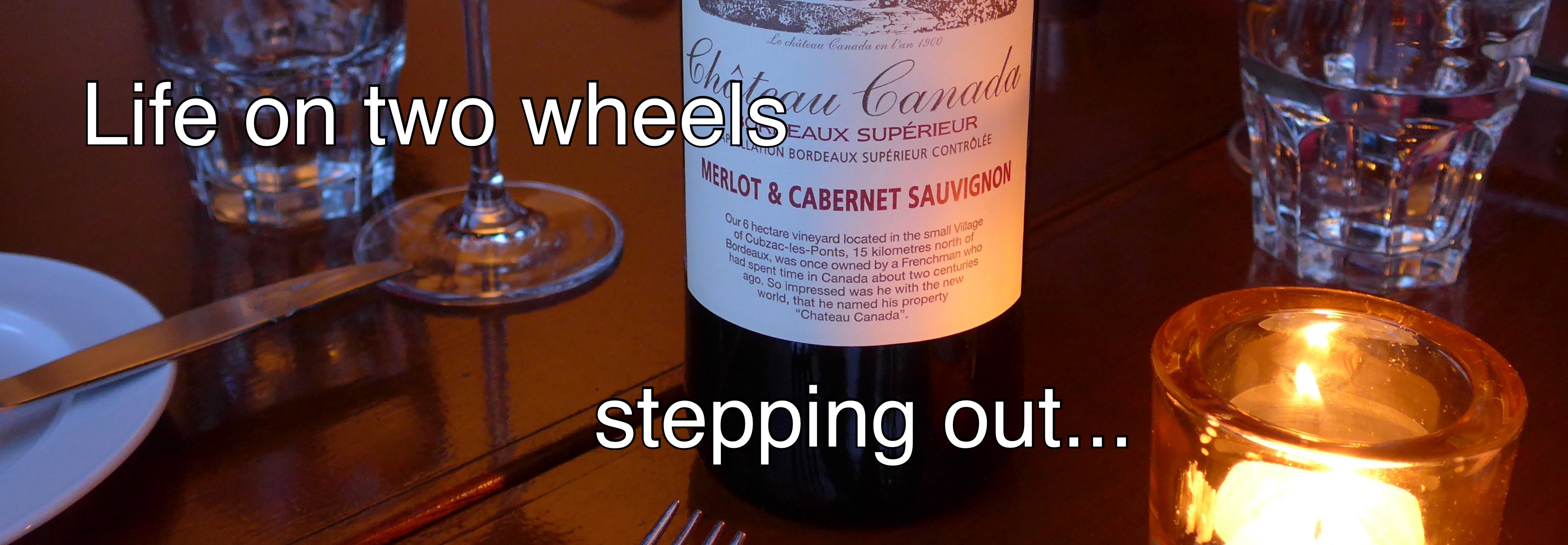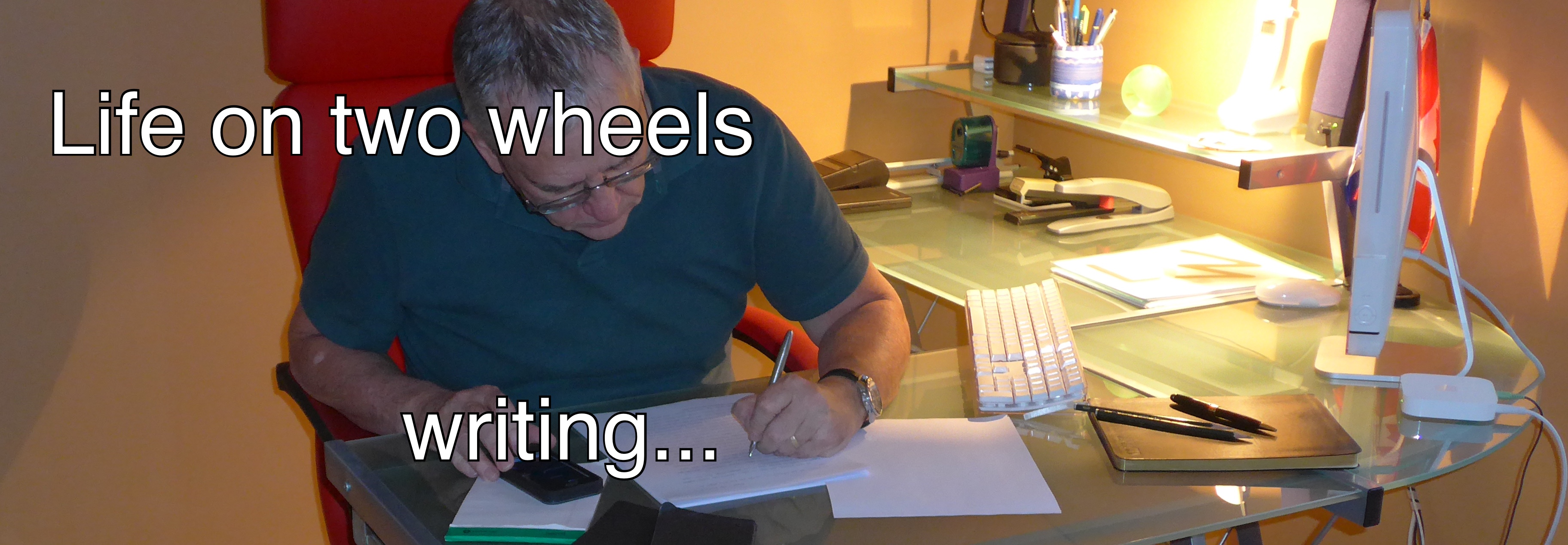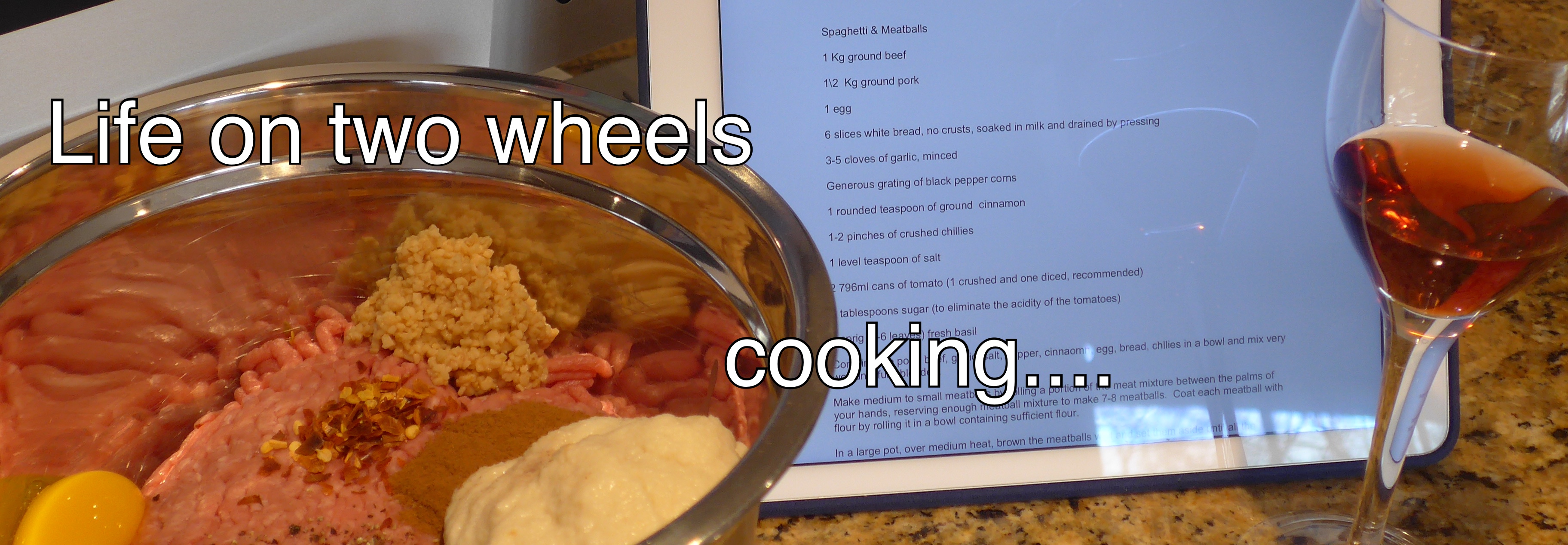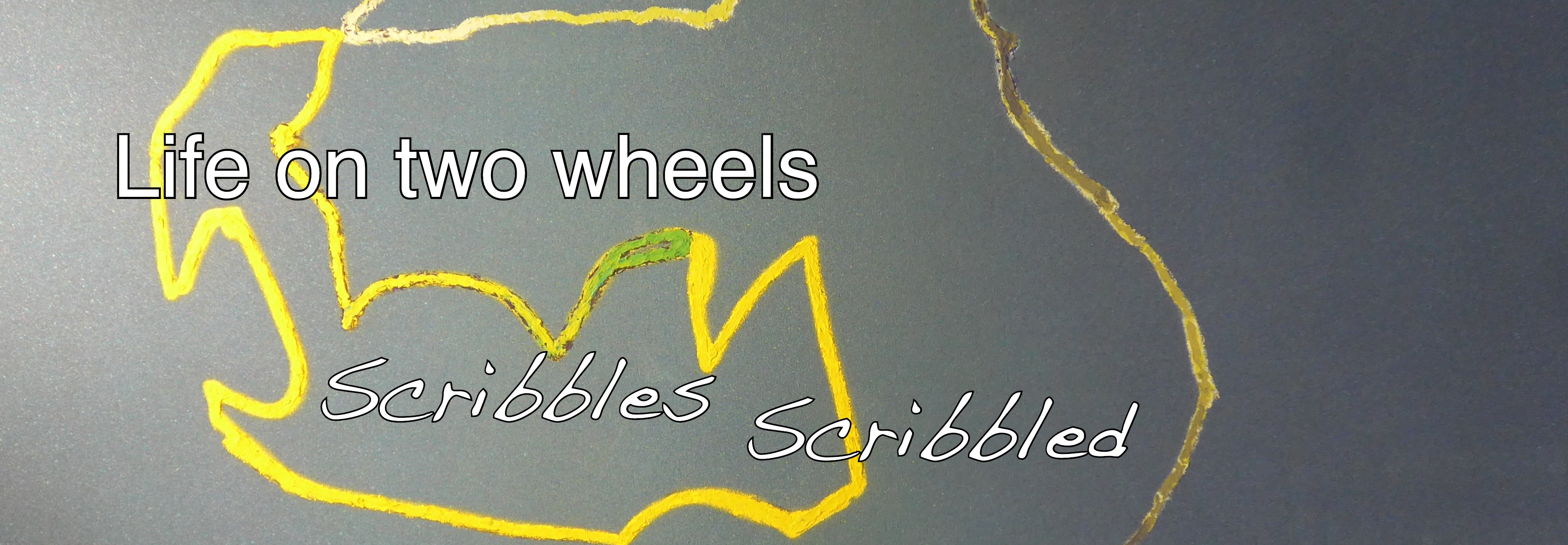I have no intention of imposing anything on you, truly I don't. To see this post on the site, go to https://life2wheels.com.
If any challenge in the process of creating a really nice leather-bound book can be said to be imposing on the binder, imposition is likely to win the prize.
As I have mentioned in earlier bookbinding posts, the pages of every hard cover book are arranged in what Canadian binders often call signatures. Signatures are groups of four to perhaps seven sheets of paper, more properly called sections, and in ancient times, going back to the medieval era, were called quires, or later gatherings. "Gatherings". I rather prefer that, it sounds calm, kind, respectful, and quite appealing, at least to me, not something that should ever be imposed.
Most often, these gatherings have four sheets of paper. For the book I am binding, all the signatures in the final and hopefully best version will have four sheets of letter-sized 8 1/2" by 11" paper. Version two of the book had one five sheet signature that I placed in the centre. I did that to minimize blank sheets in the first and last signatures. That turned out to be one of my many mistakes, not to be repeated.
It starts out simple, but as you will see a little further along, in no time I had to resort to Excel to solve the puzzle.
The signature is formed by folding the four sheets of paper in half to form a booklet that is 8 1/2" tall and 5 1/2" wide. The result is that the booklet has sixteen pages. Each page is a quarter of each sheet, because two pages are printed on each side of a sheet of paper (4 X 4 = 16).
If you fold four sheets to make a booklet, then number the pages in large numbers in the middle of each page, the last page of the booklet will be 16. Now, separate the sheets and unfold them; examine the position and sequence of the page numbers on each sheet. You will be struck by how odd the sequence of pages is on the sheets.
Arranging all the pages of a book and printing them on both sides of sheets of paper in that precise sequence is what imposition is. It took my brain a while to wrap itself around the process.
If your bookbinding project involves pages without content, such as a lined journal, or sketch book, imposition is not really an issue. It's only necessary where there is actual content, such as a novel, or poems in a desired sequence. If your pages are numbered, that fact alone, as trivial as it seems, requires imposition in order to get the page sequence right.
Here is the good news, if you follow the following recommendations, imposition is actually a snap. Think of it as four pretty simple steps to success!
Step One
Take four sheets of the paper you are going to use, and fold them in half. Now what you have is the first signature and as mentioned earlier it has 16 pages. Grab a pencil or a pen, and get ready to number the pages. Let's assume you are binding a novel. Don't start with page one of the novel on the first page of the first signature. Here is a good sequence:
- Blank page
- Blank page
- Copyright information
- Blank page
- Title page
- Blank page
- Page 1 of the novel
- Page 2
- Page 3
- Page 4
- Page 5
- Page 6
- Page 7
- Page 8
- Page 9
- Page 10
I found out the hard way (experience is what you get when you are expecting something else) that those two first blank pages are important. They become very important when you add the heavy end pages in preparation for attaching the cover to the book. The end pages are typically coloured, sometimes marbled. Those end pages aren't part of the first and last signatures, they are glued to the first and last pages of the first and last signatures with a thin band of glue. That makes for a stiff relationship that makes turning the first page of the book block awkward. If the first and last pages are blank, it's of no consequence. So make sure the first and last pages of your book are blank.
Step Two
Once you're done with the first fake signature, fold another four pages and number the next sixteen pages. The second signature will start at page 11 (since page 10 was the last page of the first signature) and the last page of the second signature will be 26.
You now have that second signature of 16 pages. It turns out that all the remaining signatures (except the last one) will have exactly the same sequence of pages, and each page in the sequence of every signature will be exactly 16 pages ahead of the equivalent page in the previous signature. So the page in the third signature that is in the same sequence in the signature as page number 15 in the second signature, will be page 31 (15 + 16 = 31). That obviously lends itself to a simple Excel formula (= A1+16).
Step Three
So now you see the vital role that Excel plays in solving the imposition for your novel. It's as simple as this:
OK, just kidding. But actually it is simple, and it helps to see it in more detail.
Each numbered vertical bar represents a signature. Each sheet of paper is represented by a horizontal line. The numbers or other information above each horizontal line are pages on the front of the sheet, and the numbers or other information below each horizontal line are pages to print on the back or reverse of each sheet. All the page numbers in signatures 3, 4 and beyond are Excel formulas. For instance, the cell in the spreadsheet that shows page 28 in the third signature contains the following formula: =F92+16.
Step Four
This is the easiest thing of all. Copy the Excel cells that make up the fourth signature and simply paste them over and over again until you have all the pages you need for your novel. In the last signature, replace the formulas for the extra pages that won't have any content with "BLANK".
And there you have it, that's all that you need to know about one of the most challenging aspects of crafting your very own novel, book of poetry, or, in my case, 365 pages of love notes to my better half: the imposition.
Where do things stand now in my amazing project?
I am glad you asked.
Test version two of my book is finished.
It may look pretty good, but it has many flaws. The spine is too wide; the book is misaligned in the cover; the content is all black and white printed on cheap recycled printer paper; The pages where there were typos are marked up with corrections; the sewn binding could stand improvement; the end pages are just construction paper, not good enough; there aren't enough blank pages in the first and last signatures; the cover art needs to be mounted better, the final version will not have any gaps; the spine hubs are too thick...
The good news is that the pages are all in the correct sequence thanks to proper imposition, and there are some pages without flaws.
These days I am working on the final version. I am hoping that what I have learned in the first two trials will yield a nearly perfect gift for my darling. Today I hope to finish 5 or 6 fresh signatures in PDF format. I have already gotten to the 8th signature. I am so close to having 24 signatures ready to take to the printer.












No comments:
Post a Comment